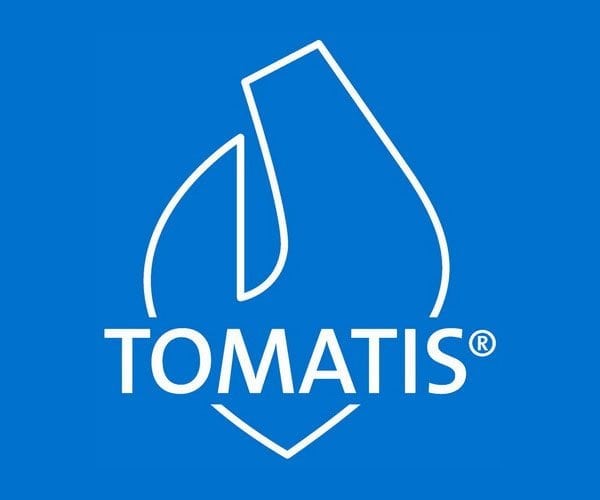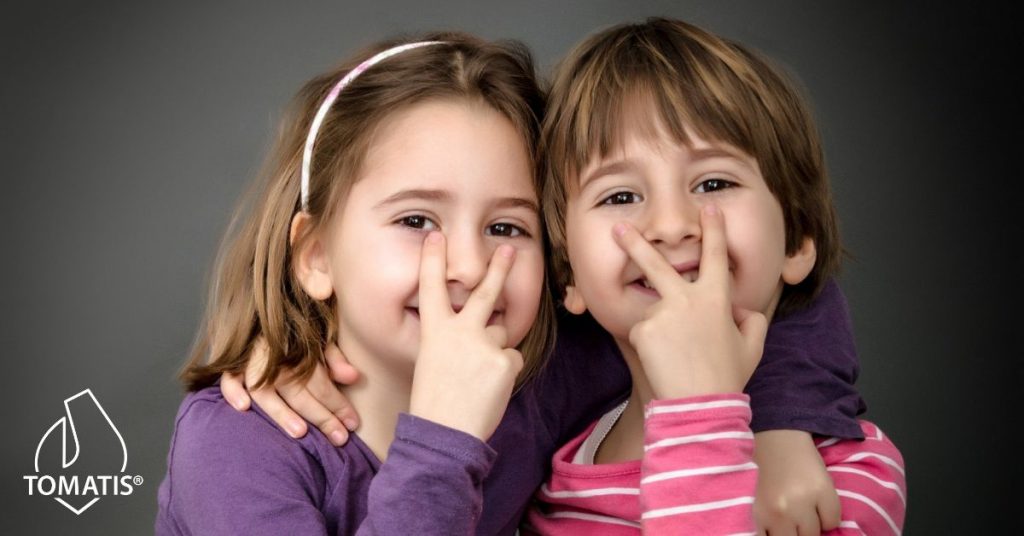Language development of 3-year old boy
This is a story about a three-year-old boy that we call T, shared by Karen Lund, Tomatis® Practitioner Level 4.
English was T’s second language, and he had a history of prolonged middle ear infections and glue ear in both ears during his first 2 years. He had just turned 3 when he came to me. At that stage his ear infection issues had all resolved and he was hearing well. However, his language development had clearly been adversely impacted by the long period of compromised hearing during his first 2 years and with the additional challenge of having to learn two languages. He attended an English-speaking early childhood centre from early morning until 5:30pm Mondays through Fridays and had done so since age 13 months.
When I first met T, he babbled a great deal, but it was impossible to understand 99.9% of what he so passionately tried to communicate verbally. In his home language he could say clearly bye-bye, hello, come, and a word to call for his older sister, also the word for strawberries (which he loved to eat). In English he could say no, yay, oh no, wow, my, mama. He also said “moo” for cow and “baa” for sheep. That list of words was confirmed by his mother to be the sum total of his intelligible expressive language at the time.
It was not surprising that T was utterly frustrated, anxious and having regular meltdowns at the early childhood centre. At home he was more relaxed, but also became frustrated and anxious when he could not make himself understood.
Initially, T was very averse to having anything placed on his head, so wearing headphones was not an option. His 1 st Intensive was completed using the bone conduction kit and it was truly amazing how quickly his unintelligible babble started to become a little more understandable as each day passed. During our listening sessions he would chat away happily, and his mother and I were able to follow more and more of his verbally expressed ideas etc. His parents were thrilled and so was I!
T was relaxed enough to accept wearing headphones from his 2 nd Listening Intensive onward. I did several visits to observe T at his early childhood centre over the period from beginning to end of his Tomatis® programme. During that time, I saw, and teachers regularly confirmed how much happier, more relaxed and communicative young T was becoming. He was a very sociable child, and finally he had the ability to communicate with his friends, and the adults around him, in a satisfying way. He no longer had regular meltdowns at the centre. He could make himself understood and was participating in activities and social interaction with children and teachers.
The Head Teacher’s feedback after 15 hours
The Head Teacher, H, at the centre, whom T had known as a daily presence in the centre throughout his 2 years of attendance there, sent me an email to share her joy and excitement when young T joined her in playfully creative activity. This interaction took place towards the end of T’s 1 st Listening Intensive.
I just wanted to share with you that today T sat with me at sleep time for just a minute short of half an hour. First he was doing some drawing with nice fat wax crayons so I sat at the table for a while and watched. Then just to see what would happen I picked up a sheet of paper and asked T if I could draw as well. He spoke to me for a while in his own language then he handed me a crayon. I drew next to him for a while then I told him “T I like your drawing, it’s a lovely blue colour” and he looked straight at me smiled and said “Yes”. I almost fell off my chair as he has never engaged quite so fully with me before this.
After drawing for a while I could see he was losing interest so I bought out a shape game and we used the plastic shapes to match 2 the same. At first T did not seem to know what I wanted from him so I quickly found 2 the same put them on the table and said ‘the same’ and gave myself a clap. I repeated this with 2 or 3 more pairs then I gave T one shape and asked him to find one the same. He did 5 of these one after the other and made a row of pairs on the table in front of him. He was smiling each time we clapped for a pair being found. I was about to pack up when T put one shape on his paper and handed me a crayon. I asked if he wanted me to draw it and as he just looked at me I drew around the shape. T quickly reached over and removed the shape, placed another one below it and handed me back the crayon. We continued this way with me doing the drawing and T choosing and placing the shapes, T even let me get him to help me draw by putting his hand on top of mine, then him holding the crayon with me holding his hand. In this way we filled 3 A4 sheets of paper. In the end it was me who finished the session as I could see him getting fatigued and I wanted to end on a high.
His concentration was good throughout the whole time and he lead the play by changing up the game as he chose. I was amazed at the improvement. He even made a sound that sounded like he was trying to say t,t,t as I sounded the letters when we put his name on his paper.
Just thought you would like to know about this.
H
Read more about T’s Tomatis® Consultant Karen Lund.
Attend a live presentation to learn more!
Once a month, on a Tuesday, Maria Moell Lundqvist holds a free Zoom presentation with a Q&A session afterwards. Click on the button to learn more and register.




